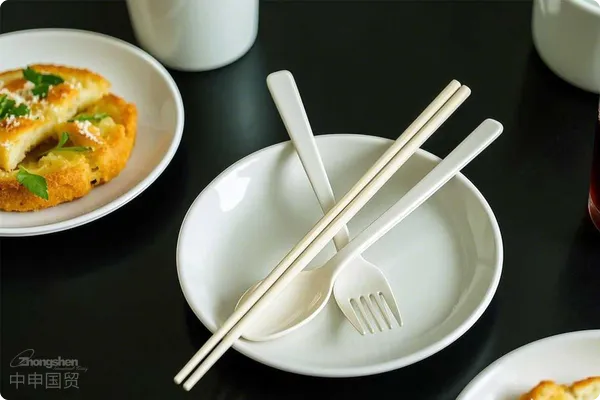- Shanghai Zhongshen International Trade Co., Ltd. - Two decades of trade agency expertise.
- Service Hotline: 139 1787 2118
Do you know all these procedures for importing plastic tableware?
As an old hand with 20 years of experienceforeign trade"Old hand," I often get inquiries from clients asking, "What exactly are the procedures for importing plastic tableware?" Today, I'll walk you through the complete process in the most down-to-earth way possible.Import RepresentationProcess, and by the way, share some "pitfall avoidance tips" that customs won't tell you.

I. Four-step core process for import agency
Pre - preparation Stage
- HS Code confirmation: Plastic tableware usually falls under HS code 3924, but tariff rates vary significantly by material. For example, PP products have a 6.5% tariff while PS products face 10%
- Regulatory Condition Verification: Food-contact products require Imported Food Contact Product Registration - dont overlook this!
- Documentation preparation: Besides standard contracts and invoices,It is recommended to verify through the following methods:can help save significant tariffs (especially for ASEAN countries)
International Transportation Phase
- Maritime TransportationRecommend choosing full container load (FCL) shipping as these lightweight goods often incur dead freight charges
- Air TransportationPay attention to pallet dimensions - Ive seen too many clients charged extra fees for oversized shipments
Key Points of Domestic Customs Clearance
- Commodities subject to legal inspection must undergo CIQ testing - last year a client had an entire shipment returned due to lack of testing
- The 13% VAT is fixed, but tariff reductions are available through free trade agreements
- Customs inspection rate is about 15%, recommend allowing 3-5 days buffer time
Post-Delivery Considerations
- Warehousing requires light protection and moisture prevention - one shipment was claimed for deformation due to warehouse leaks
- Customers with the right to can adopt double - header customs declaration. We have handled hundreds of such orders
II. Customs Wont Tell You These Purchasing Tips
Based on customs consumption alerts, Ive summarized several practical experiences:
The Science Behind Packaging
- Don't be too happy when you see the "QS" mark—now you should look for the "SC" code (Production License Number).
- Pay special attention to temperature indicators on packaging - microwave-safe PP material costs about 30% more than PE
Secrets of Material Selection
- PET has high transparency but poor heat resistance, making it suitable for cold drink cups
- PS is cheap but fragile, with potential transportation breakage rates up to 5%
- Professional advice: PLA biodegradable materials are more popular for exports to Europe and America
Essential Inspection Skills
- Use alcohol swabs to wipe - immediately reject any products with color bleeding
- Fold test: Poor quality products will show white creases
- Hot water test: Pour 90℃ hot water - reject any items with severe deformation
III. Top Three Pitfalls Importers Often Fall Into
Certification Traps
Last year, a client imported a batch of "eco-friendly tableware," only to have it held at customs for two months due to lack of FDA certification. Remember: the European and American markets require FDA/LFGB certification, while Japan demands PSE certification.
Labeling Traps
The most unfair case Ive seen: A whole shipment worth 100,000 RMB required relabeling because the outer packaging lacked Chinese text. Now I always require suppliers to provide bilingual Chinese-English labels.
Shipping Traps
Plastic tableware is most vulnerable to crushing deformation. I recommend using special containers with honeycomb cardboard partitions - though shipping costs 15% more, breakage rates can drop from 8% to below 1%.
IV. Special Advice for Beginners
For first-time imports, use dual-header customs declaration until youre familiar with the process
Allow 2 weeks extra clearance time for products from sensitive regions (e.g. areas near Japans nuclear radiation zones)
Hire professional testing agencies for migration testing - a 2,000 RMB test fee might prevent 200,000 RMB in claims
Finally, let me leave you with an industry saying: "When importing plastic tableware, 30% depends on the product, and 70% depends on the process." Keep these key points in mind, and your import journey will be much smoother. If you have any specific questions, feel free to reach out anytime!
Related Recommendations
? 2025. All Rights Reserved. Shanghai ICP No. 2023007705-2  PSB Record: Shanghai No.31011502009912
PSB Record: Shanghai No.31011502009912










